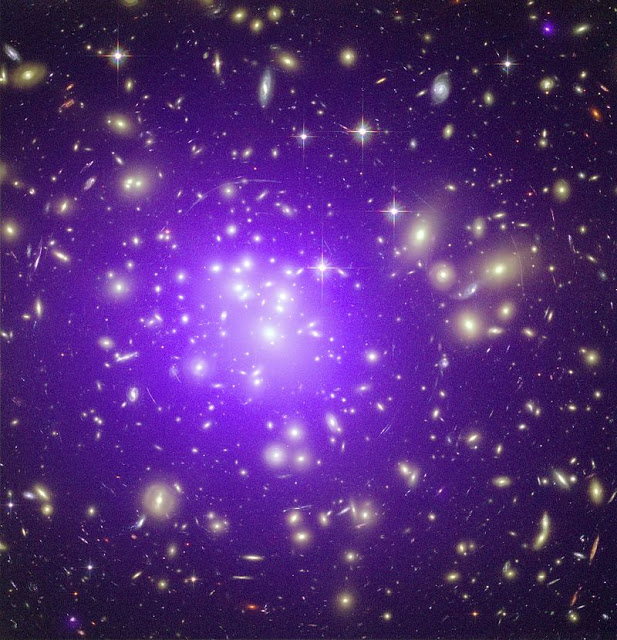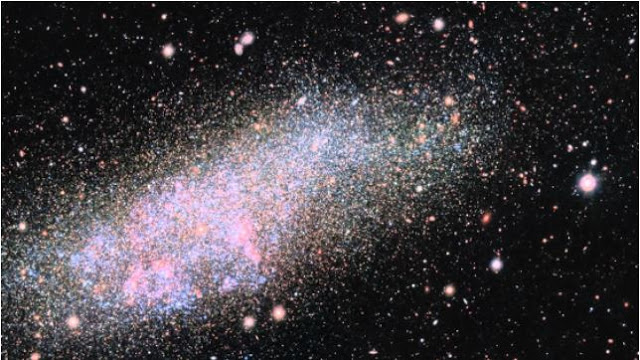

| Online: | |
| Visits: | |
| Stories: |

| Story Views | |
| Now: | |
| Last Hour: | |
| Last 24 Hours: | |
| Total: | |
Moving Beyond the Standard Model of Physics through ‘Mini Spirals’
Credit; SISSA
Dark matter is one of the great mysteries of Physics: since it does not emit electromagnetic radiation we cannot see it, even with the most sophisticated instruments. It was only discovered through its gravitational effects. Many believe it makes up 90% of our Universe. “Most dark matter, according to the most credible hypotheses, would be non-baryonic or WIMP. It would not interact with ordinary matter except through gravitational force,” continues Karukes. “Our observations, however, disagree with this notion.”
Salucci and Karukes showed that, in the objects they observed, the structure of dark matter mimics visible matter in its own way. “If, for a given mass, the luminous matter in a galaxy is closely compacted, so it is the dark matter. Similarly, if the former is more widespread than in other galaxies, so is the latter.”A massive cluster of galaxies located about 2.3 billion light years away, Abell 1689, shows signs of merging activity. Hundred-million-degree gas detected by NASA’s Chandra X-ray

Credit: X-ray: NASA/CXC/MIT/E.-H Peng. Optical: NASA/STScI
The “tip of the iceberg”
“It is a very strong effect that cannot be explained trivially using the Standard Model of particles.” The Standard Model is the most widely-accepted theory of Physics in the scientific community. It explains fundamental forces (and particles of matter), however it contains some doubtful points, most notably the fact that it does not include gravitational force. Phenomena such as the existence of dark matter and dark energy make it clear to scientists that there is another sort of physics yet to be discovered and explored.
“From our observations, the phenomenon, and thus the necessity, is incredibly obvious. At the same time, this can be a starting point for exploring this new kind of physics,” continues Salucci. “Even in the largest spiral galaxies we find effects similar to the ones we observed, but they are signals that we can try to explain using the framework of the Standard Model through astrophysical processes within galaxies. With mini-spirals, however, there is no simple explanation. These 36 items are the tip of the iceberg of a phenomenon that we will probably find everywhere and that will help us discover what we cannot yet see. “
Contacts and sources:
Federica Sgorbissa
Citation: The universal rotation curve of dwarf disk galaxies Monthly Notices of Royal Astronomical Society http://dx.doi.org/10.1093/mnras/stw3055
Source:



